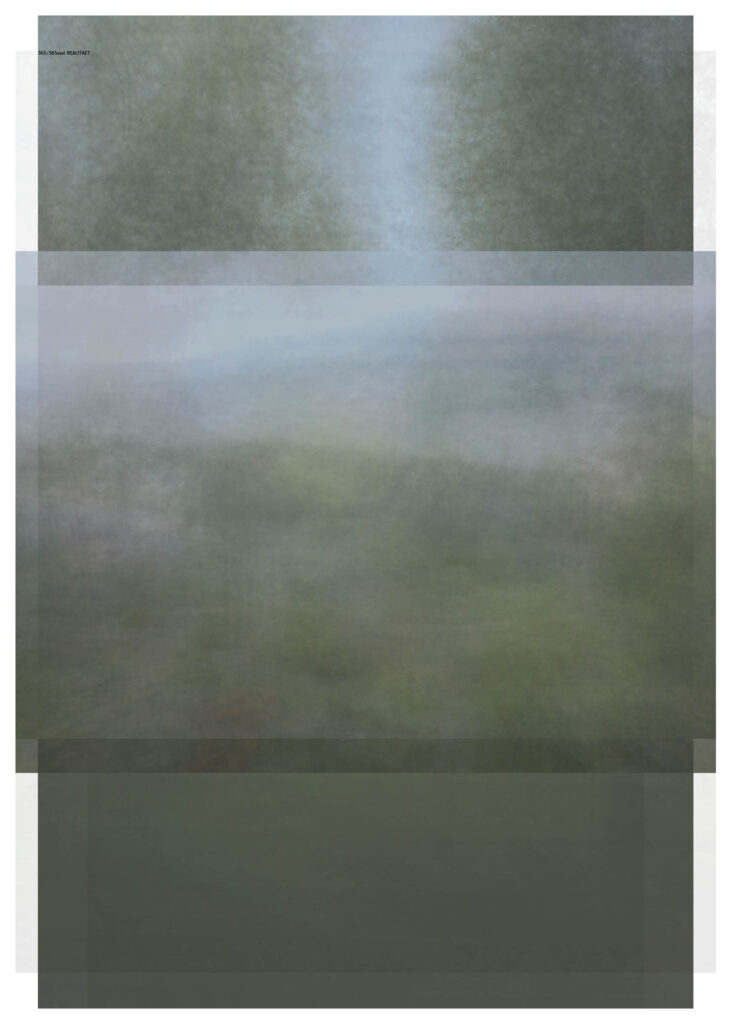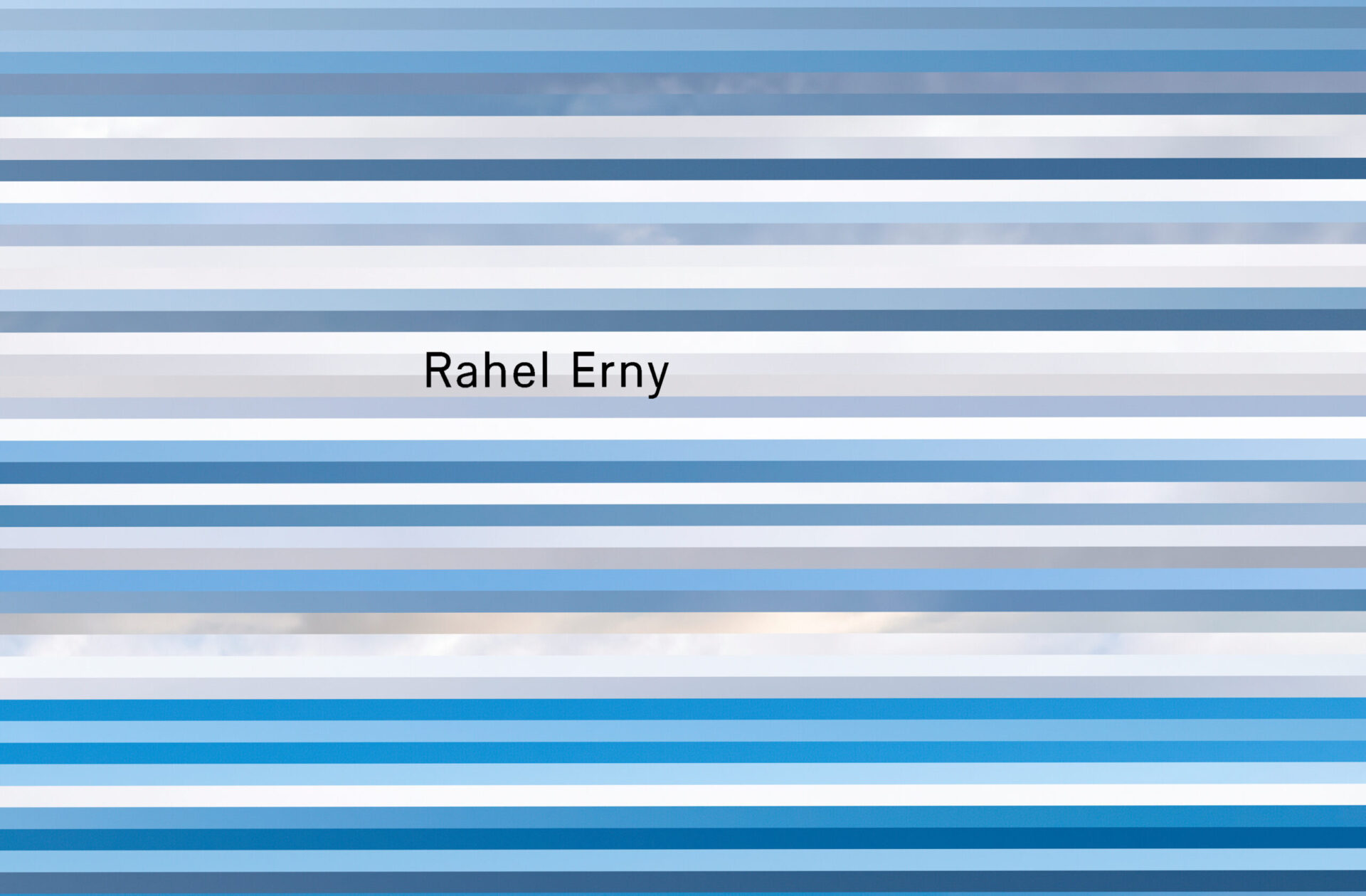translation from:
https://www.artlog.net/de/kunstbulletin-12-2014/ansichten-i-do-not-wish-add-any-more
Views – I do not wish to add any more
Switzerland in particular, but Hong Kong too, Paris, the Maldives in the summer – any and all of these locations could be contained in the whirring of the accompanying image. In other words: this layered image is composed of 365 photographs, each with 1/365th transparency.
According to Jean-Yves Jouannais in his Artistes sans oeuvres, the main function of Jorge Luis Borges’s texts is to save room on library shelves: “The more he writes,” says Jouannais, “the more he saves.” If Borges’s The Book of Sand is the book of books, then this image is the picture of pictures – a layered image that is for me a fitting response to a paraphrase of Douglas Huebler’s famous statement: “The world is full of pictures, more or less interesting, I do not wish to add any more.”
I often ask myself what happens to the multitude of photographs taken every day; how many billions of binary code combinations are stored, and where, and who has the time to look at them. But maybe most of the images produced today are not really meant to be viewed after the fact. I recall the image of a man who, aboard a cruise ship on the Rhine, viewed the entire landscape through his iPad: he seemed only to be able to see the images gliding by on the screen – a representation of the landscape, not the landscape itself.
Contrary to this contemporary overflow of images, the photograph here demonstrates not only a Borgesian way with images, it also proposes an original perspective: the image is made of the elemental acts of standing up and looking out the window. Here, it is the act of seeing that is documented, as opposed to replaced, by the act of recording images.
Every day for a year, the first glance outside, the first view-ing was recorded. Serendipity, it seems to me, is a fitting word for the result of this process. The repeated attempt to come closer to the outside world through the process of viewing has allowed a whirring to emerge, which reflects the blurriness of our reality. Or the other way around: the constructed image makes visible the fact that the whirring of reality is constructed not only out of what happens, but also from the way what happens is perceived, recorded, stored and remembered.
I encountered this image by Rahel Erny at “Schwindel der Wirklichkeit” (Vertigo of reality) at the Akademie der Künste in Berlin, a project featuring ZHdK masters in transdisciplinarity, in the fall of 2014. Delphine Chapuis Schmitz is an artist and works as an artistic research associate for the masters program in transdisciplinarity at the Zurich University of the Arts (ZHdK). delphinecs@yahoo.com

